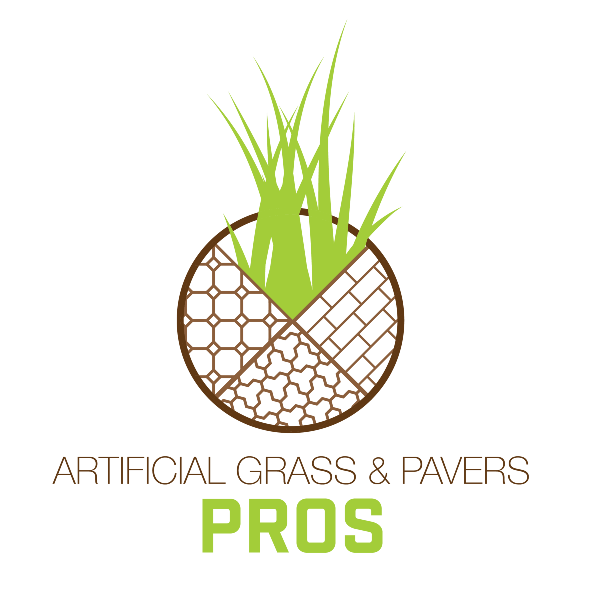1. Safety First:
- Discuss the critical role of safety in playground design.
- The shock-absorbing properties of turf that reduce the risk of injuries.
- Comparisons to traditional surfaces like concrete or gravel.
2. Durability for Endless Play:
- The high durability of turf in withstanding heavy foot traffic.
- Resilience against wear and tear from play equipment and activities.
- Minimal maintenance needed to keep the playground in top condition.
3. Soft Landings and Falls:
- The cushioning effect of turf that provides a soft landing in case of falls.
- Reducing the impact on joints and preventing injuries during play.
- Ideal for climbing structures, swings, and other play equipment.
4. Consistent Surface in All Weather:
- The all-weather usability of turf in rain or shine.
- Avoiding muddy and slippery surfaces that can be hazardous.
- Maintaining a consistent and safe play environment throughout the year.
5. Low Maintenance, High Fun:
- Eliminating the need for constant maintenance like weeding or mowing.
- The easy cleanup of spills and accidents on the turf surface.
- The time and cost savings associated with low-maintenance playground turf.
6. Allergy-Free Play Zones:
- The hypoallergenic nature of artificial turf, reducing allergen exposure.
- Avoiding common allergens associated with natural grass.
- Creating a safe space for children with allergies to enjoy outdoor play.
7. Customization for Creative Play:
- The versatility of turf for creating themed or colorful play areas.
- Incorporating designs, patterns, or educational elements into the turf surface.
- Encouraging creativity and imagination through a well-designed playground.
8. Environmentally Friendly Choices:
- Choosing eco-friendly turf options made from recycled materials.
- Reducing the need for water and harmful pesticides associated with natural grass.
- The sustainability aspect of synthetic turf in playgrounds.
Find out more today from our other blogs!
